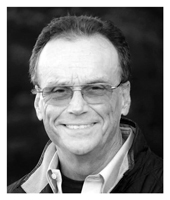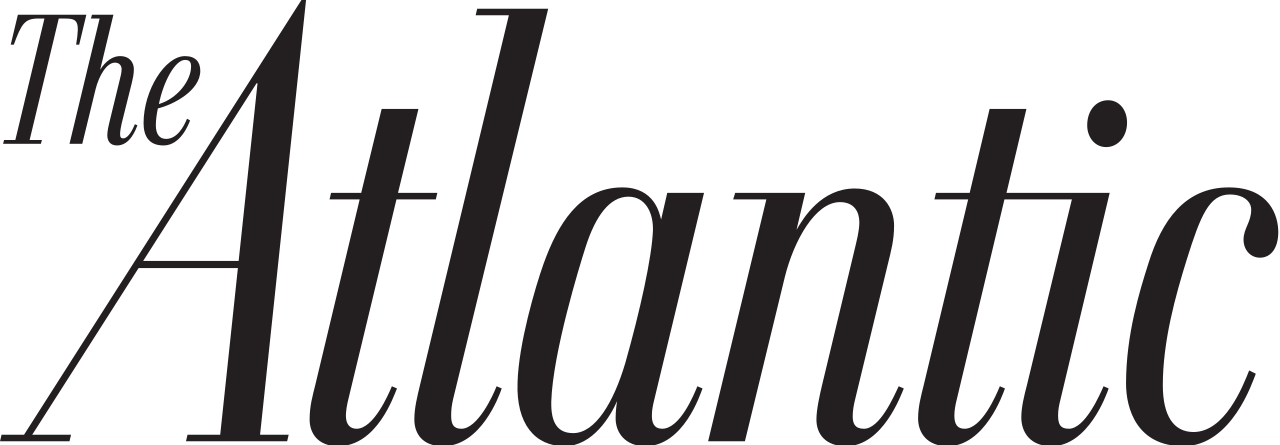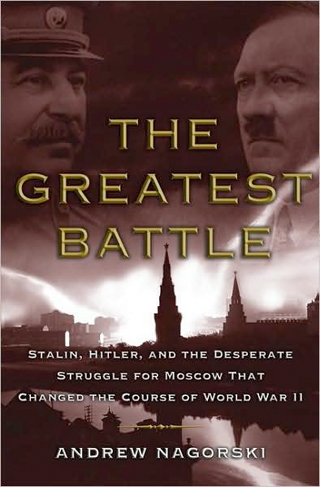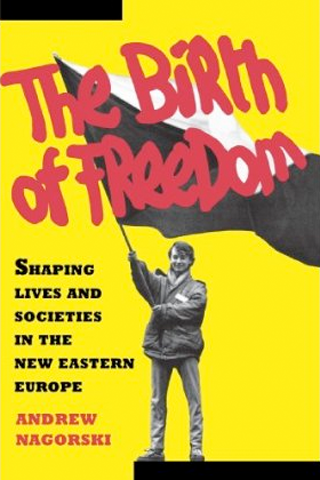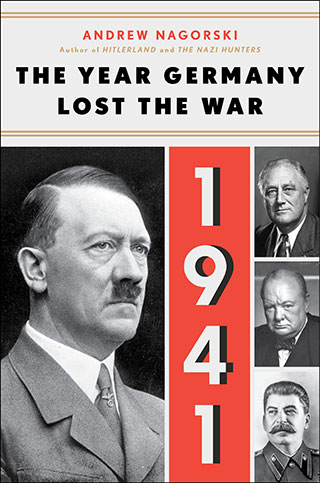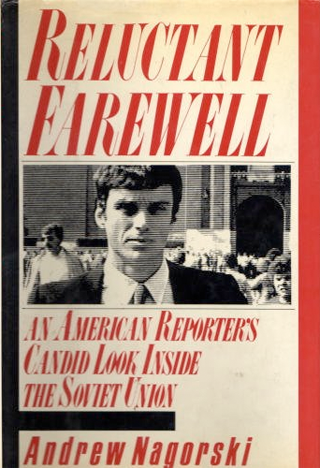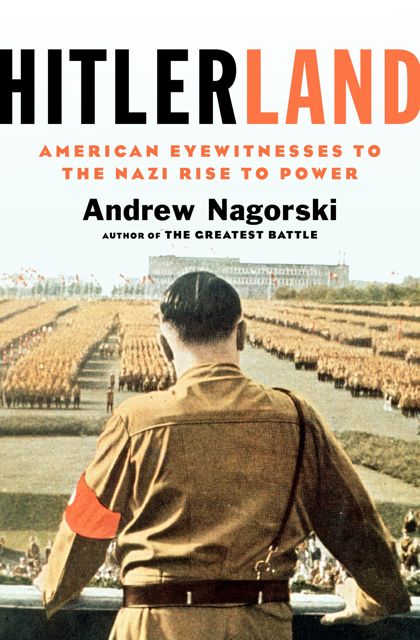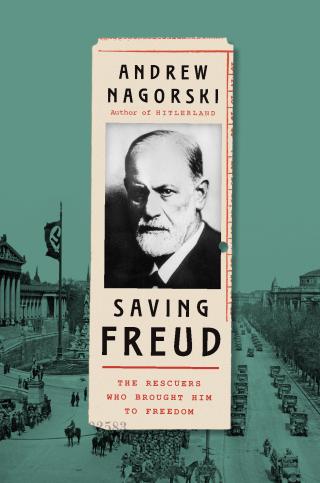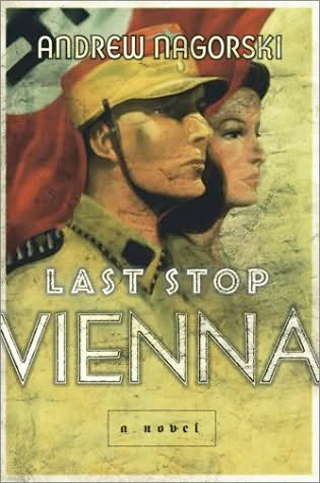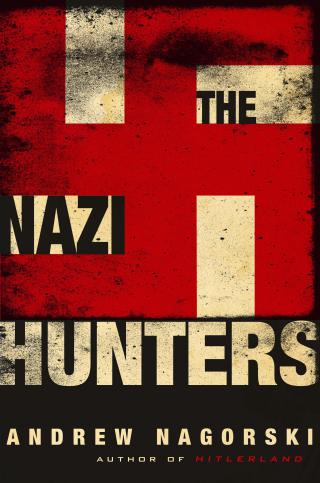Martha Dodd was 24 when she arrived in Berlin in the summer of 1933 with her father, the new American ambassador, her mother, and brother. Recalling her state of mind later, she stressed how naïve and uninformed she was about politics, with almost no idea about what Germany would be like -- or what its new Nazi rulers represented.
Her first judgment as a new arrival was that Germany and its new rulers had been unfairly condemned by world opinion -- and she needed to help set the record straight. "We liked Germany, and I was enchanted by the kindness and simplicity of the people... Everything was peaceful, romantic, strange, nostalgic," she recalled. "I felt that the press had badly maligned the country and I wanted to proclaim the warmth and friendliness of the people, the soft summer night with its fragrance of trees and flowers, the serenity of the streets."
Soon after her arrival, Martha met fellow countryman Quentin Reynolds. Reynolds had been sent to Berlin earlier that year by the international news service to fill in for the regular correspondent, who had run afoul of the new Nazi rulers. Martha was impressed that Reynolds, who had only been in the country a few months, already knew "such legendary figures" as Putzi Hanfstaengl. At a party thrown by an English journalist -- "a lavish and fairly drunken affair," as Martha recalled -- the Nazi propagandist lived up to her expectations."[Hanfstaengl] had a soft, ingratiating manner, a beautiful voice which he used with conscious artistry, sometimes whispering low and soft, the next minute bellowing and shattering the room. He was supposed to be the artist among the Nazis."
Like other Americans, Martha would find herself frequently in Hanfstaengl's company, dancing with him at parties and gladly taking advantage of his offers to introduce her to Nazi luminaries. But Reynolds was already developing a healthy sense of skepticism. About a month after Reynolds arrived, he ran into Hanfstaengl at the bar of the Adlon Hotel.
"You've been here a month now, and you haven't asked me about our so-called Jewish problem or written anything about it to annoy me," Putzi told him. "How come, Quent?"
"Give me time, Putzi," Reynolds replied. "I haven't been here long enough to know what's going on."
By the time he met Martha, Reynolds not only knew more but was eager to explore more for himself. In August, he suggested to Martha and her brother Bill that they take their Chevrolet and travel to southern Germany and Austria with him -- an idea that immediately appealed to Martha. As they drove south, she recognized the word "Jude" in banners strung across the road; they realized this was anti-Semitic propaganda but, as Martha put it, "we didn't -- at least I didn't -- take it too seriously."
In fact, Martha was so swept up by the sight of marching Brownshirts and the apparent enthusiasm of the people, she responded equally enthusiastically. When Germans saw their special license plate, they assumed the trio of Americans were top officials -- and welcomed them with "Heil Hitler" greetings. "The excitement of the people was contagious and I 'Heiled' as vigorously as any Nazi," she recalled.
Around midnight, the Americans stopped for the night in Nuremberg. As they reached their hotel, they were surprised to find the street filled with an excited crowd and speculated that they may have run into a toymakers' festival. As he registered, Reynolds asked the hotel clerk if there was going to be a parade. The clerk laughed. "It will be kind of a parade," he replied. "They are teaching someone a lesson."
RELATED STORY
Early Warnings: How American Journalists Reported the Rise of Hitler
The visitors walked out to join the crowd. Everyone seemed in a good mood, with the sound of a band adding to the festive atmosphere. Then they saw Nazi banners and swastikas, and the source of the music: a marching band of Storm Troopers. Two tall Troopers were dragging someone between them. "I could not at first tell if it was a man or a woman," Reynolds wrote. "Its head had been clipped bald, and face and head had been coated with white powder. Even though the figure wore a skirt, it might have been a man dressed as a clown." As the Brownshirts straightened out their victim, the Americans spotted the placard around its neck: "I wanted to live with a Jew."
As the "lesson" continued, the Americans learned that this was a woman named Anna Rath. The reason for her harsh punishment: she had tried to marry her Jewish fiancé. Martha remembered the image of her "tragic and tortured face, the color of diluted absinthe." She also was startled by Reynolds's reaction. She had believed him to be a "hard-boiled" journalist, but "he was so shaken by the whole scene that he said the only thing he could do was to get drunk, to forget it."
Although she suddenly felt nervous and cold, Martha tried to convince Reynolds that he shouldn't file anything about the incident. She argued that her presence and that of her brother would make this a sensational story, and, after all, who knew what the Nazi side of the story really was.
Martha claimed that the three of them made good on Reynolds's vow to get drunk, but the journalist was sober enough when he went up to his room. He promptly called Hudson Hawley, his bureau chief in Berlin, excited that he had proof of exactly the kind of atrocity story that many journalists had heard about but not witnessed -- and the Nazis routinely denied. Hawley cautioned that he might not be allowed to wire it and suggested he send it by mail instead. He also advised him to leave out any mention of the presence of Martha and Bill Dodd to avoid negative repercussions for the new ambassador. "Writing the story, I found myself trembling," Reynolds recalled. "The grotesque white face of Anna Rath haunted me." The next morning, he mailed it in.
This post is adapted from Andrew Nagorski's Hitlerland.Martha Dodd was 24 when she arrived in Berlin in the summer of 1933 with her father, the new American ambassador, her mother, and brother. Recalling her state of mind later, she stressed how naïve and uninformed she was about politics, with almost no idea about what Germany would be like -- or what its new Nazi rulers represented.
Her first judgment as a new arrival was that Germany and its new rulers had been unfairly condemned by world opinion -- and she needed to help set the record straight. "We liked Germany, and I was enchanted by the kindness and simplicity of the people... Everything was peaceful, romantic, strange, nostalgic," she recalled. "I felt that the press had badly maligned the country and I wanted to proclaim the warmth and friendliness of the people, the soft summer night with its fragrance of trees and flowers, the serenity of the streets."
Soon after her arrival, Martha met fellow countryman Quentin Reynolds. Reynolds had been sent to Berlin earlier that year by the international news service to fill in for the regular correspondent, who had run afoul of the new Nazi rulers. Martha was impressed that Reynolds, who had only been in the country a few months, already knew "such legendary figures" as Putzi Hanfstaengl. At a party thrown by an English journalist -- "a lavish and fairly drunken affair," as Martha recalled -- the Nazi propagandist lived up to her expectations."[Hanfstaengl] had a soft, ingratiating manner, a beautiful voice which he used with conscious artistry, sometimes whispering low and soft, the next minute bellowing and shattering the room. He was supposed to be the artist among the Nazis."
Like other Americans, Martha would find herself frequently in Hanfstaengl's company, dancing with him at parties and gladly taking advantage of his offers to introduce her to Nazi luminaries. But Reynolds was already developing a healthy sense of skepticism. About a month after Reynolds arrived, he ran into Hanfstaengl at the bar of the Adlon Hotel.
"You've been here a month now, and you haven't asked me about our so-called Jewish problem or written anything about it to annoy me," Putzi told him. "How come, Quent?"
"Give me time, Putzi," Reynolds replied. "I haven't been here long enough to know what's going on."
By the time he met Martha, Reynolds not only knew more but was eager to explore more for himself. In August, he suggested to Martha and her brother Bill that they take their Chevrolet and travel to southern Germany and Austria with him -- an idea that immediately appealed to Martha. As they drove south, she recognized the word "Jude" in banners strung across the road; they realized this was anti-Semitic propaganda but, as Martha put it, "we didn't -- at least I didn't -- take it too seriously."
In fact, Martha was so swept up by the sight of marching Brownshirts and the apparent enthusiasm of the people, she responded equally enthusiastically. When Germans saw their special license plate, they assumed the trio of Americans were top officials -- and welcomed them with "Heil Hitler" greetings. "The excitement of the people was contagious and I 'Heiled' as vigorously as any Nazi," she recalled.
Around midnight, the Americans stopped for the night in Nuremberg. As they reached their hotel, they were surprised to find the street filled with an excited crowd and speculated that they may have run into a toymakers' festival. As he registered, Reynolds asked the hotel clerk if there was going to be a parade. The clerk laughed. "It will be kind of a parade," he replied. "They are teaching someone a lesson."
RELATED STORY
Early Warnings: How American Journalists Reported the Rise of Hitler
The visitors walked out to join the crowd. Everyone seemed in a good mood, with the sound of a band adding to the festive atmosphere. Then they saw Nazi banners and swastikas, and the source of the music: a marching band of Storm Troopers. Two tall Troopers were dragging someone between them. "I could not at first tell if it was a man or a woman," Reynolds wrote. "Its head had been clipped bald, and face and head had been coated with white powder. Even though the figure wore a skirt, it might have been a man dressed as a clown." As the Brownshirts straightened out their victim, the Americans spotted the placard around its neck: "I wanted to live with a Jew."
As the "lesson" continued, the Americans learned that this was a woman named Anna Rath. The reason for her harsh punishment: she had tried to marry her Jewish fiancé. Martha remembered the image of her "tragic and tortured face, the color of diluted absinthe." She also was startled by Reynolds's reaction. She had believed him to be a "hard-boiled" journalist, but "he was so shaken by the whole scene that he said the only thing he could do was to get drunk, to forget it."
Although she suddenly felt nervous and cold, Martha tried to convince Reynolds that he shouldn't file anything about the incident. She argued that her presence and that of her brother would make this a sensational story, and, after all, who knew what the Nazi side of the story really was.
Martha claimed that the three of them made good on Reynolds's vow to get drunk, but the journalist was sober enough when he went up to his room. He promptly called Hudson Hawley, his bureau chief in Berlin, excited that he had proof of exactly the kind of atrocity story that many journalists had heard about but not witnessed -- and the Nazis routinely denied. Hawley cautioned that he might not be allowed to wire it and suggested he send it by mail instead. He also advised him to leave out any mention of the presence of Martha and Bill Dodd to avoid negative repercussions for the new ambassador. "Writing the story, I found myself trembling," Reynolds recalled. "The grotesque white face of Anna Rath haunted me." The next morning, he mailed it in.
This post is adapted from Andrew Nagorski's Hitlerland.
